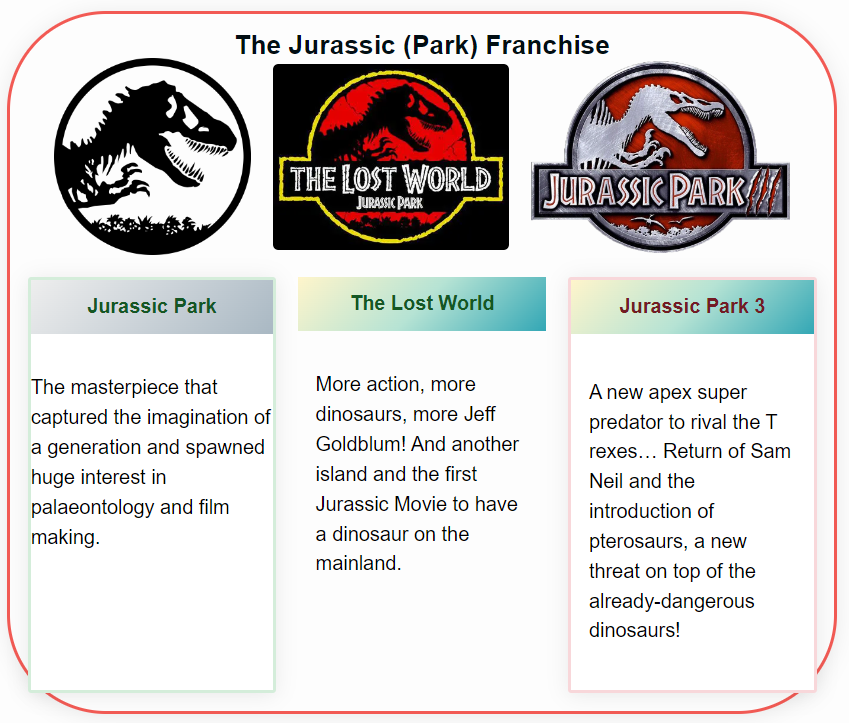
If not one of the more famous of the classic dinosaurs, the Apatosaurus is at least instantly recognisable Dinosaur shapes: the huge torso on four tree trunk-like legs with a long neck and tail on each end. Then the cow-like head perfectly adapted for grazing for food from the tree tops.
The Apatosaurus, a name that sends our imaginations hurtling back to the late Jurassic period, was first discovered in the late 19th Century. This dinosaur, whose name fittingly translates to ‘deceptive lizard’, played a crafty game of hide and seek with us for millions of years before finally being unearthed.
- 1877: The first ever Apatosaurus fossil was discovered by a team of paleontologists led by the renowned Othniel Charles Marsh. The discovery took place in the Morrison Formation, a sequence of sedimentary rock in North America, famed for its rich dinosaur fossils.
- Morrison Formation: This formation, primarily spread across the western United States, has been a veritable treasure trove for dinosaur fossils. Some of the best-preserved skeletons in history have been found here, making it a hotspot for paleontologists.
So, it was in the dusty layers of the Morrison Formation that the Apatosaurus made its grand entrance into human knowledge. Quite the dramatic reveal, wouldn’t you say?
Indeed, the Apatosaurus sure knows how to make an entrance. But the real drama, our next act if you will, involves its close relation — the Brontosaurus. Let’s delve into the plot, shall we?
Is Brontosaurus Just A Big Apatosaurus?
Picture this: two colossal dinosaurs, both known for their long necks and small heads, but are they the same creature? This is a question that has puzzled paleontologists for decades.
Remember the Brontosaurus from your favourite childhood storybooks? Well, in an intriguing twist, it turns out that the Brontosaurus might be more than just a figment of our collective imaginations!
Let’s take a closer look at this dinosaur drama with a bit of a timeline.
| Year | Event |
|---|---|
| 1877 | The Apatosaurus is discovered and named by Othniel Charles Marsh. |
| 1879 | Marsh discovers another large, long-necked dinosaur, which he names Brontosaurus. |
| 1903 | Elmer Riggs, a paleontologist, argues that the two dinosaurs are so similar, they should be classified as the same genus – Apatosaurus. |
| 2015 | A detailed study finds enough differences to argue that Brontosaurus is indeed a separate genus. The Brontosaurus makes a comeback! |
In the end, while both Apatosaurus and Brontosaurus are large, long-necked dinosaurs from the same era, they have enough differences to be considered separate genera. So, to answer the question, no, a Brontosaurus is not just a big Apatosaurus!
More Than Just Long Necks and Tails
It’s fascinating, isn’t it? These two creatures, so similar yet distinct. But what sets them apart? Let’s break it down:
- Apatosaurus was characterised by its incredibly long neck and tail, and its bulkier body.
- Brontosaurus, while also having a long neck and tail, had a more slender body and its neck shape was slightly different.
So, there you have it! Apatosaurus and Brontosaurus, two giants of the dinosaur world, related yet distinct, each with its own unique charm and character. I always associated Brontosaurus with Apatosaurus as a kid, and the arguments for & against were confusing until this naming mess was sorted!
The Physical Characteristics of the Apatosaurus
Imagine a creature so large, it’s comparable to a small fleet of buses in size. That’s the Apatosaurus for you. This astonishing dinosaur, known for gracing the planet around 150 million years ago, was quite the spectacle in its day, and it’s no less fascinating now. But enough of the chitchat, let’s dive into the physicality of this extraordinary creature.
| Characteristics | Details |
|---|---|
| Length | Up to 23 metres |
| Height at hips | Approximately 4.5 metres |
| Diet | Herbivorous |
The Physical Characteristics of the Apatosaurus
Imagine a creature so large, it’s comparable to a small fleet of buses in size. That’s the Apatosaurus for you. This astonishing dinosaur, known for gracing the planet around 150 million years ago, was quite the spectacle in its day, and it’s no less fascinating now. But enough of the chitchat, let’s dive into the physicality of this extraordinary creature.
Understanding Apatosaurus’ Size and Structure
Just picture this: a dinosaur, the Apatosaurus, stretching out up to 23 meters long. That’s about the length of three double-decker buses lined up end-to-end. Its whip-like tail could make up half of that length. As for height, these beasts stood about 4.5 metres tall at the hips. Pretty impressive, right?
Behavioural Insight from Skeletons
By studying the Apatosaurus’ skeletons, scientists have gathered some intriguing insights into their behaviour. Here are a couple of key points to give you an idea of how these creatures might have lived:
- Their neck vertebrae were lightly constructed and filled with air, suggesting that despite their enormous size, Apatosaurus moved their long necks around easily, likely in search of food.
- Several Apatosaurus’ footprints fossilised in close proximity suggest that they might have moved in herds, possibly for protection against predators.
What Did They Eat?
Interestingly, the Apatosaurus was a herbivore. Despite their towering size, they sustained themselves entirely on plants. Their long necks allowed them to reach vegetation other dinosaurs couldn’t, giving them a competitive advantage.
Apatosaurus, with their vast size and unique physical features, were truly a marvel of the dinosaur era. As we continue to uncover more about these fascinating creatures, we find their existence all the more awe-inspiring.
The Neighbours of the Apatosaurus
Picture this: as an Apatosaurus, you’re spending your day quietly munching on some ferns and suddenly, you’re not alone. So, who were the likely friends, and foes of our colossal green friend? Let’s explore.
Herbivorous Buddies
The Jurassic period was not all about the survival of the fittest. There were some gentle giants, just like our Apatosaurus, who preferred the taste of leaves over meat. Here’s a list of some of them:
- Diplodocus: Another long-necked giant, the Diplodocus was likely a peaceful neighbour of the Apatosaurus.
- Stegosaurus: Known for their iconic plates and spikes, Stegosaurus probably lived alongside Apatosaurus, munching on the foliage.
- Brachiosaurus: Yet another ‘bus-sized’ dinosaur, the Brachiosaurus shared the Apatosaurus’ taste for greens.
Predatory Perils
Living in the Jurassic period wasn’t all fun and ferns, though. With a buffet of herbivores around, it was a paradise for meat-eating dinosaurs. Here are some of the predators that Apatosaurus had to watch out for:
- Allosaurus: This fearsome predator was one of the biggest threats to our gentle giant.
- Ceratosaurus: Smaller than the Allosaurus but still a formidable predator, the Ceratosaurus was another carnivore that roamed the Jurassic landscape.
- Torvosaurus: This massive meat-eater, although rarer, would certainly have posed a serious threat to an Apatosaurus.
In a wild, wild Jurassic world back then, filled with a diverse range of dinosaurs, each playing their part in the ecosystem. The Apatosaurus, with its massive size and gentle nature, surely held a unique place among them.

